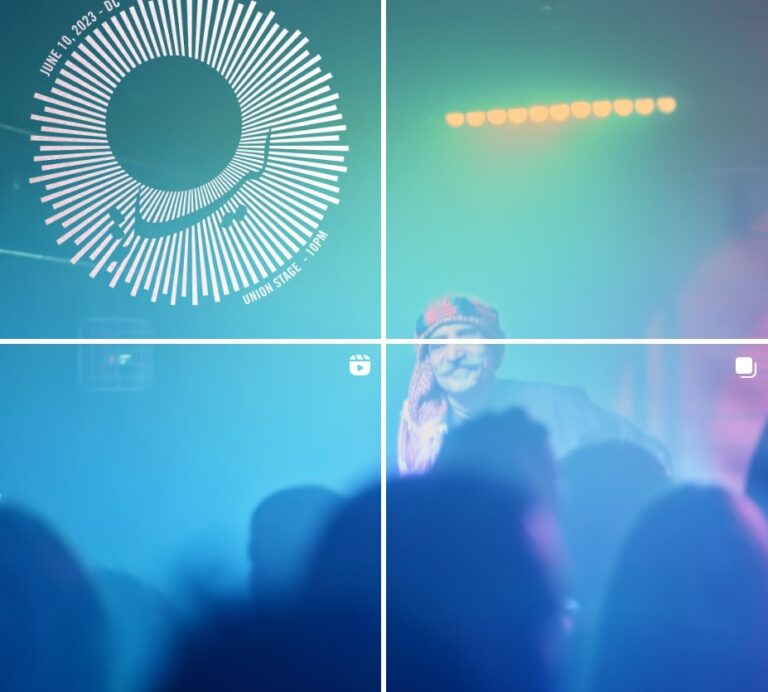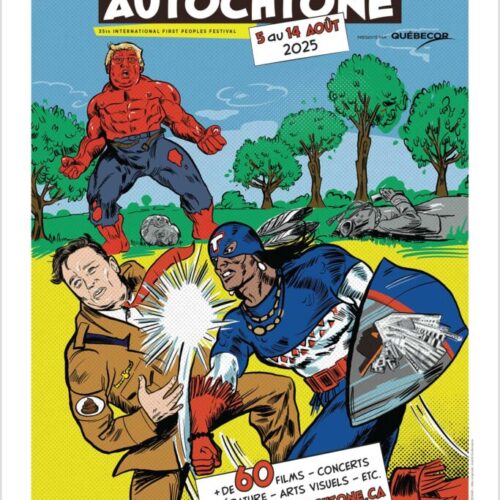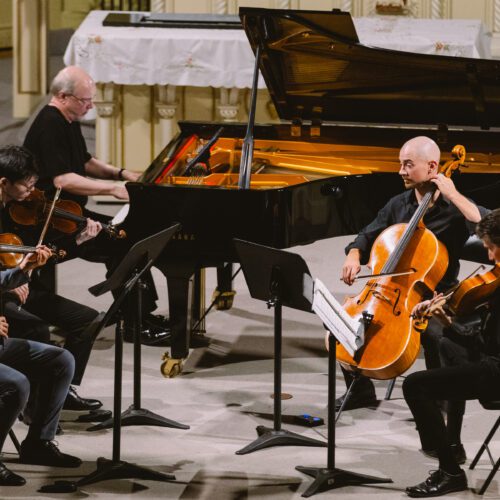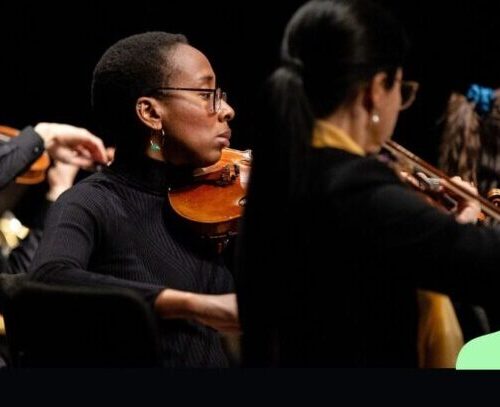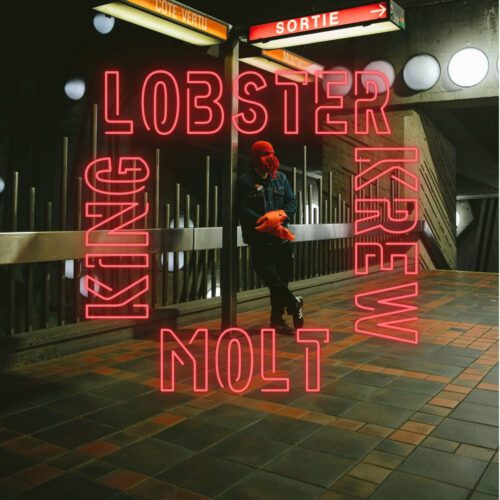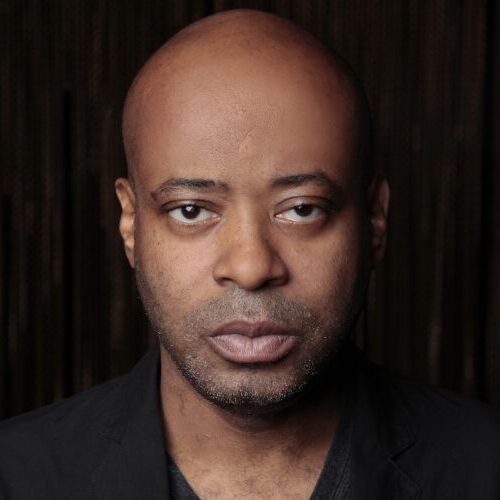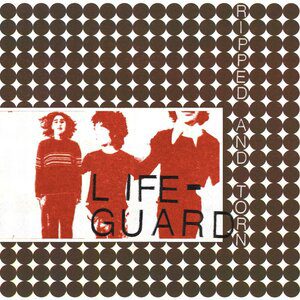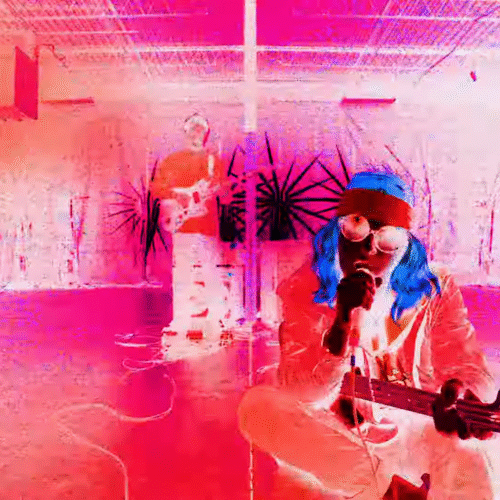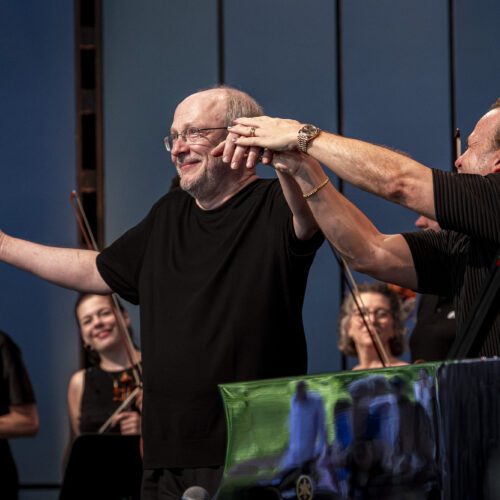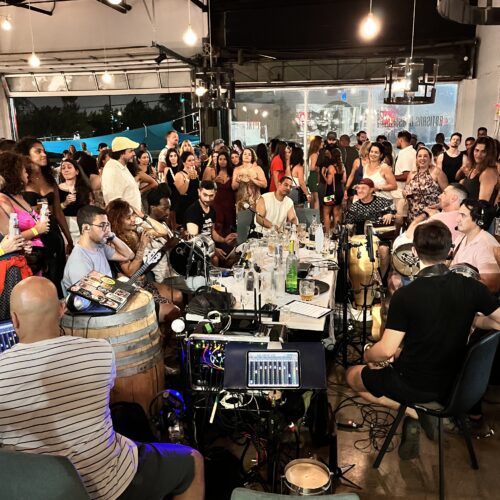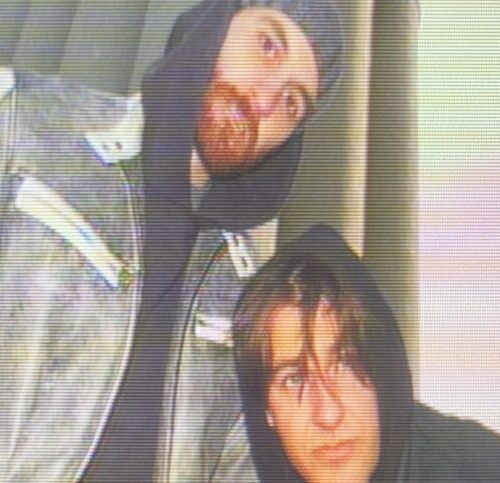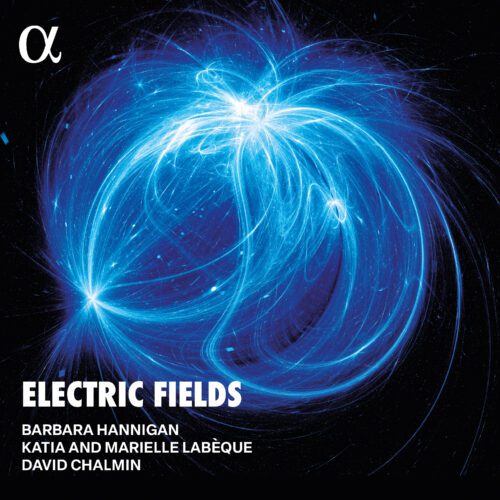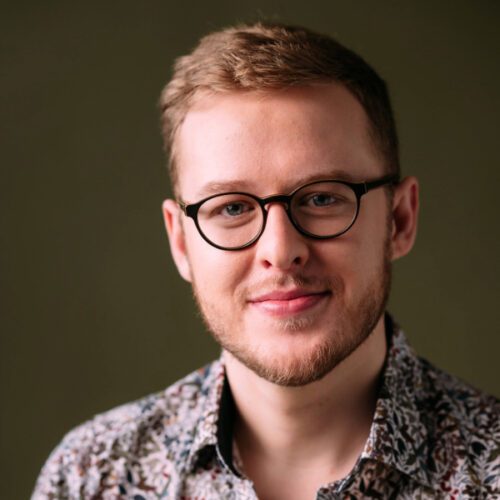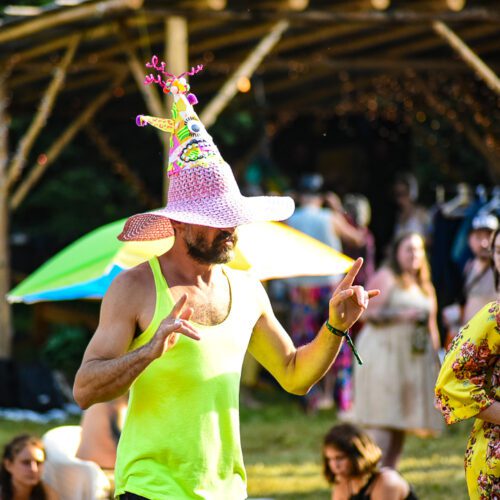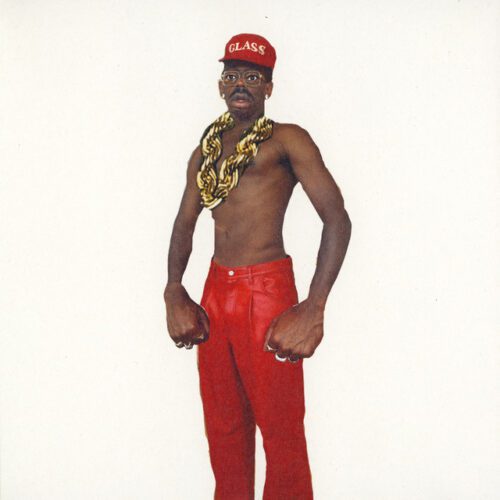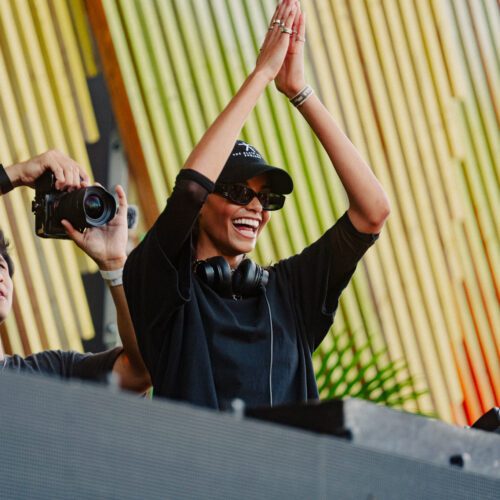3. Swana electro-techno-pop hits the international scene!
The Arab population makes up 20.6% of visible minorities in Greater Montreal, ranking 2nd after the black population, which is close to 30%. Visible, they say? Perhaps not so much. The fact is that they are poorly represented in many areas of society, including the electronic music scene.
And yet, Swana electro artists are on a roll in every major metropolis in the world! Montreal, however, is no exception to the trend. The city is full of little treasures, but they are more often acclaimed abroad or outside the province than on the island. Their visibility in the media or on the big stages or at major events is still rather minimal here.
With this feature by our contributor Salima Bouaraour, PAN M 360 shines the spotlight on this thriving pool of artists involved in the development of Montreal’s cultural and nightlife scene, as well as promoting and defending the values of equality, justice, creativity, inclusivity and the celebration of Arab beauty.
Well-known for its avant-gardism and musical syncretism, London’s electronic music scene today sees the Arab community genially blending influences from traditional Oriental music with broken electro, in the same way that the Indian electro-pop trend of the 90s/2000s exploded to make the whole world dance! In the USA, the phenomenon is raging. The Institut du Monde Arabe in Paris regularly programs Arab electro artists.
Hailing from the Near and Middle East, these artists are increasingly exporting themselves: Saliah (UK/Lebanon), Toumba (UK/Jordan), Ibrahim Abu-Ali / DJ Habibeats (USA/Jordan) and more. And of course, Omar Souleyman, who played a major role in democratizing this trend on an international scale. And many others, such as the Palestinian Sama’ Abdulhadi.
Meanwhile, what’s going on back home? The truth is, many artists have already been flourishing for several years! Nevertheless, their visibility remains far below their dynamism and talent.
Take the Laylit collective, for example. Founded in 2018, it establishes itself between New York and Montreal in the Middle Eastern and LGBTQ scenes. Dance parties promoting the musical diversity of the Middle East and North Africa region are regularly organized by the Wake Island duo, among others. The Ausgang Plaza showroom on Saint-Hubert Street, run by general manager Malick Touré and DJ Mr Touré! was their place of subterfuge in Montreal.
In less than 5 years, the collective has exploded onto the international scene with well-deserved recognition due to the fruits of their hard work and talent – New York Times, Pitchfork, Boiler Room, touring Europe/North America/Middle East.
When a city has a pool of energy and talent like this, we’d like to see it programmed much more often in a wider variety of venues, concerts and festivals, and given more visibility in the Quebec media. Last May, the RADAR series, presented by M pour Montréal and Mundial Montréal in collaboration with QUB Musique, programmed them for the release of their new album.
When you look at the Montreal electronic music scene, it’s clear that artists from non-racial backgrounds are taking center stage, and their careers are exploding in the space of a few months, without exaggeration. Everyone is aware of it. Everyone sees it. But few are willing to put the debate on public record.
More than ever, in 2023, it’s totally legitimate to question the mechanisms leading to this type of differentiated, out-of-sync career path, knowing that quality, creativity and skills are not in question here, at all.
So what is?
